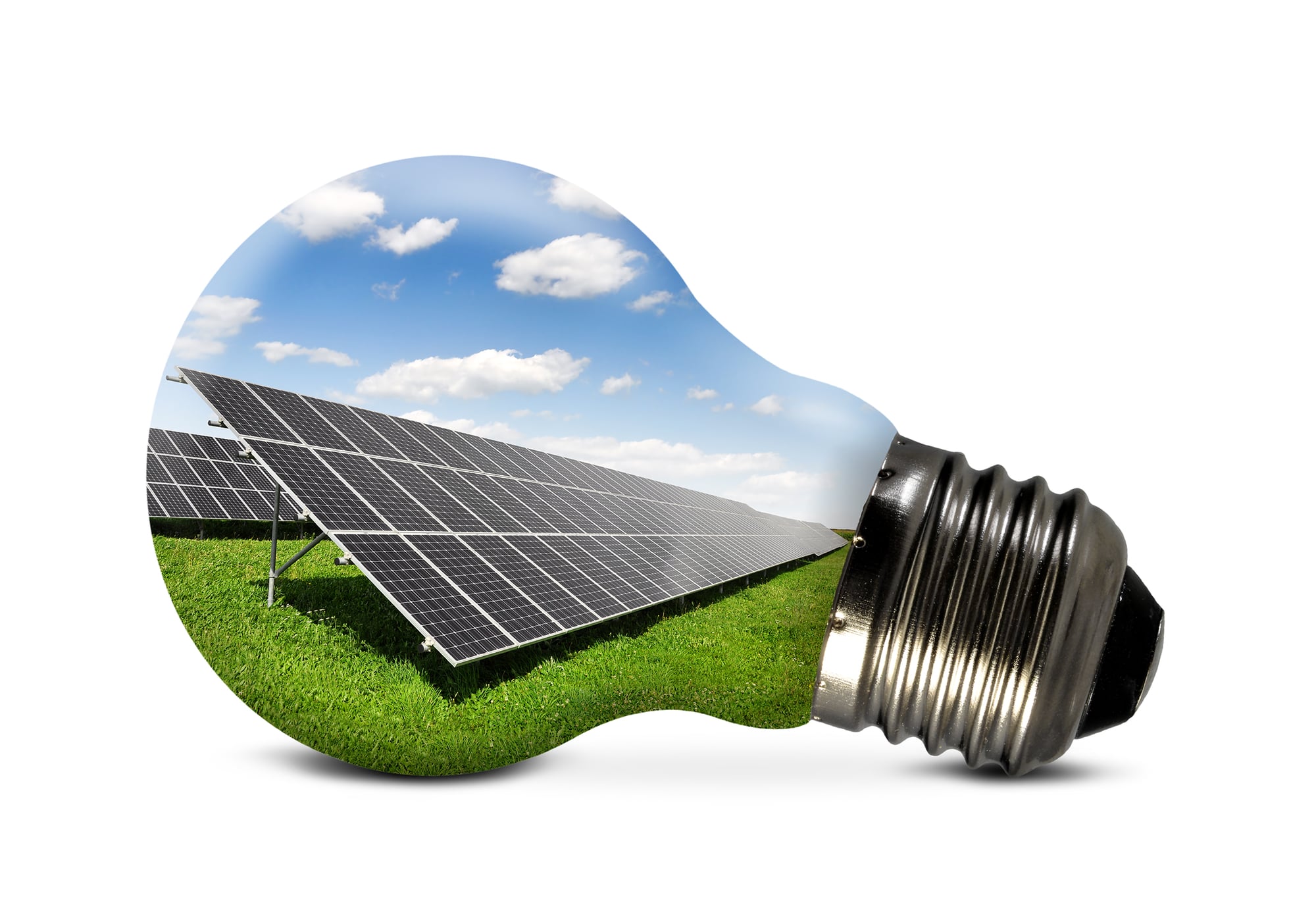How do You Know if Your Home Qualifies for No-NET-Cost Solar

The Australian federal and state governments are currently offering large incentives to eligible homeowners, giving them thousands of dollars towards their solar installation.
Being that the homeowner’s contribution to the solar install is relatively small now, some solar installers are offering a No-Net-Cost Solar Program. These programs offer zero deposit and that the savings are immediate (the combined solar payment plus the reduced power bill is less than your current power bill). So there is no net cost at any point in the process.
So homeowners can get solar panels installed without having to put any money up-front. And they save right off the bat.
Many would say this is too good to be true, and in some cases it is.
So What is the Catch With the No-Net-Cost Solar Programs?
Homes must pass a few requirements to qualify for the No-Net-Cost Solar Programs. Otherwise, it doesn’t make financial sense for the solar installers. Most installers look at the following criteria:
Home location – The government rebate varies according to where you live. Postcodes are grouped into four ‘zones’ according to the level of solar radiation. More radiation means a bigger rebate. Tasmanians, for instance, will generally receive less than Queenslanders.
System size – The rebate is also dependent on the size of the system you install. The larger the system, the bigger the rebate. Roof configuration, how much electricity you use, and shading issues are just some examples of what will affect the size of your system.
Current quarterly bill – The higher your quarterly bill is, the more financial sense it makes for both you and your chosen installer. Homes with a quarterly bill under $250 will rarely qualify for the No-Net-Cost Solar Program. Of course, you can still get solar which will save money in the long run. But you will have to either put money upfront or agree to a payment plan that is above your current bill, so you won’t be making savings straight away.
Shading issues – Solar panels are much more efficient these days, so even houses with substantial shading can qualify. But if your entire roof is under shade for most or all of the day, then you are unlikely to be accepted.
Feed-in tariff rate – A feed-in tariff is the amount your electricity provider pays you when your solar system is producing more energy than you are using. This varies substantially between providers. Generally even those with extremely low tariffs can join the No-Net-Cost Program, but a low tariff combined with other factors can be a barrier to entry.
How Much Can You Save With Solar?
With the price of power rising year on year, Australia now has one of the highest electricity prices in the OECD.
Coupled with the fact that solar panels are just a fraction of the price they were a decade ago, then it is easy to see that the savings can be substantial.
Of course, the exact amount of money saved will depend on each household’s unique circumstances. Use our tool below to get an estimate on how much you could expect to save and find out if you are eligible to be part of the No-Net-Cost Solar Program.
